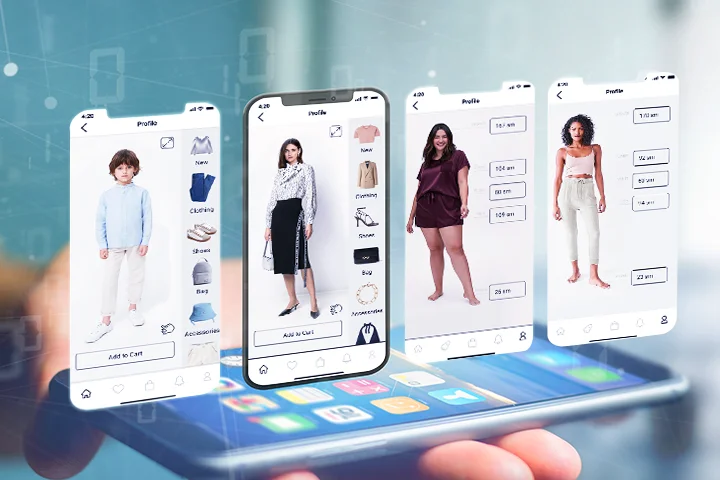In an era where e-commerce is rapidly evolving, businesses must adopt innovative technologies to maintain a competitive edge. Virtual Try-On (VTO) technology is emerging as a transformative solution for online shop owners and marketers. By enabling the visualization of products in a virtual environment, VTO not only enhances marketing strategies but also streamlines operations and improves overall business performance. This article explores how VTO technology is revolutionizing e-commerce from a B2B perspective.
The Mechanics of Virtual Try-On Technology
Virtual try-on technology employs augmented reality (AR) and artificial intelligence (AI) to create immersive experiences that allow users to visualize products in real-time. For businesses, this means transforming static product images into dynamic marketing visuals that can be integrated across various platforms. VTO solutions can be tailored to specific product categories, including apparel, accessories, eyewear, and home décor, thereby enhancing the presentation of merchandise.
Business Advantages of Virtual Try-On Technology
- Enhanced Product Visualization: VTO provides businesses with the ability to showcase products in a more engaging manner. High-quality virtual representations can significantly improve product listings on e-commerce platforms, leading to increased visibility and interest from potential buyers.
- Reduction in Return Rates: One of the persistent challenges in e-commerce is the high rate of product returns, often due to misalignment between customer expectations and actual product appearance. By implementing VTO technology, businesses can reduce return rates significantly. This reduction translates into lower operational costs associated with processing returns and managing inventory.
- Streamlined Inventory Management: With VTO, businesses can optimize their inventory management processes. By allowing potential buyers to visualize products virtually before purchase, companies can make more informed decisions about stock levels and product offerings. This leads to better inventory turnover and reduced holding costs.
- Cost-Effective Marketing Solutions: Traditional marketing methods often require substantial investment in photography and physical samples. VTO technology minimizes these costs by allowing businesses to create high-quality visual content without the need for extensive photo shoots or sample production. This results in a more efficient allocation of marketing budgets.
- Data-Driven Insights: Many VTO platforms come equipped with analytics tools that provide valuable insights into user interactions and preferences. Businesses can leverage this data to refine their marketing strategies, optimize product assortments, and enhance overall business performance.
- Competitive Differentiation: As the adoption of VTO technology remains relatively low among many retailers and wholesalers, businesses that implement these solutions can differentiate themselves in a crowded marketplace. By offering advanced virtual experiences, companies position themselves as forward-thinking entities committed to innovation.
Industry Applications
Virtual try-on technology has broad applications across various industries:
- Fashion Retailers: Apparel brands can utilize VTO to present clothing lines effectively, enabling retailers to showcase their collections without the need for physical samples.
- Eyewear Manufacturers: Companies in the eyewear sector can integrate VTO solutions that allow partners to visualize frames on virtual models or even on themselves.
- Home Goods Suppliers: Furniture and home décor businesses can employ AR tools that enable retailers to display products in realistic settings, enhancing merchandising efforts.
Conclusion
Virtual try-on technology is poised to revolutionize the e-commerce landscape for wholesalers, retailers, and merchandisers alike. By enhancing product visualization, reducing return rates, streamlining inventory management, and providing cost-effective marketing solutions, VTO offers a comprehensive suite of benefits that drive operational efficiency and profitability. As the digital marketplace continues to evolve, embracing virtual try-on technology will be essential for businesses aiming to stay ahead of the competition and meet the demands of an increasingly tech-savvy market. Investing in this innovative solution represents not just an opportunity for growth but a strategic imperative for future success in e-commerce.
